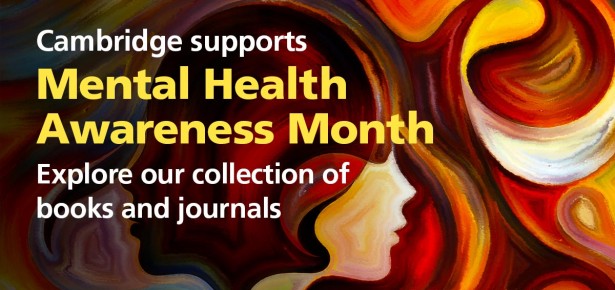
In recent years there has been growing consensus that facilitating “community participation” among mental health service recipients should be a major goal for the mental health service system. Defined as “the opportunity to live in the community, and be valued for one’s uniqueness and abilities, like everyone else,” social connection with local or other community members is a major component of community participation by any definition.
It may seem obvious that the mental health service system should want to facilitate community participation among the people that it is charged with helping, but in many ways this runs counter to long-standing tradition. Notably, the asylum model, which dominated mental health services from the early 19th century until the middle 20th century, which was based on the idea that people with mental health problems needed to be completely removed from general community life in order to get better. Although asylums no longer dominate the service system, other forms of residential and social segregation still predominate in the organization of services. Beyond this, many professionals, trained to only focus on symptom reduction, learned to advise their patients to “avoid stress,” including social relationships, leading many people with mental health conditions to believe that social connection is hazardous to one’s health. Going further (as I discuss in my recent book, Written Off), concern about stigma, or the negative stereotypes that community members hold, can have a powerful impact on community participation. This occurs as people who have been diagnosed with mental illnesses become impacted by both “stigma concern” (assuming that they would be discredited by others if their mental health diagnoses were known), and “self-stigma” (incorporating negative views about mental illness into their identity and believing that people with mental illness cannot handle social relationships or are not worthy of them). Both stigma concern and self-stigma can be powerful driving forces behind the all-too-common social isolation experienced by people diagnosed with mental illnesses.
So, what can be done to change this? Certainly, anti-stigma campaigns, such as the UK’s Time to Change effort, can send a message of inclusion that may encourage community members to show more support, and people with mental health conditions to open up and seek more social connection. Although this approach shows promise, it is likely that it will be many years for broad positive social messages to start to impact disclosure behavior among people diagnosed with mental illnesses (and there is presently no evidence that anti-stigma campaigns impact stigma concern or self-stigma).
Small steps can lead to bigger changes, so let’s all commit to doing our part to facilitate inclusive communities for people with mental health conditions!
One approach that already exists and that needs to be expanded lies in service-user led support settings, known as “consumer-operated drop-in centers” in the US. These settings are run by service users allow people with mental health concerns to attend meetings, give and get support, as well as informally socialize. A small proportion of recipients of mental health services currently make use of these types of services, however, because there are unfortunately not enough of them available (e.g., I know of only 3 such settings in New York City, with its over 8 million inhabitants). Internet based peer support communities (for example, the Icarus Project), can allow people to get social support from others across great distances and therefore hold promise. However, as important as internet-based social connections can be, I feel that the jury is still out on whether they can take the place of “face-to-face” social connections.
Another step, which could be a component of anti-stigma campaigns, lies in the nurturing of “inclusive communities” (a concept discussed by British human rights advocate Liz Sayce). Inclusive communities are not only tolerant of difference, but give an explicit message of inclusion through the way that they are structured. There are many forms that these types of communities can take, but they might include community centers, public events, non-profit bookstores/ cafes, or other “third places” that anyone can feel free to walk into. Messages of inclusion can be expressed in a number of ways, but symbols (analogous to the rainbow flag which is now widely recognized as a message of support for the LGBTQ community) can be used to express a “mental health positive” stance. Beyond symbolism, the involvement of enough people who are open about their mental health histories can lead there to be a “tipping point” facilitating greater openness. Disclosure, in turn, can lead to a sense of relief and can both decrease self and community stigma, as others see their preconceptions about what a person with a mental illness “looks like” challenged. I have experienced how this operates myself in public events that I have organized, where many I have found that many individuals decide to spontaneously disclose their psychiatric histories as a result of a general atmosphere of acceptance.
Small steps can lead to bigger changes, so let’s all commit to doing our part to facilitate inclusive communities for people with mental health conditions!
To support Mental Health Awareness Month Cambridge University Press have curated a collection of free work across a variety of related topics – view the full collection at www.cambridge.org/MHAM19
Latest Comments
Have your say!